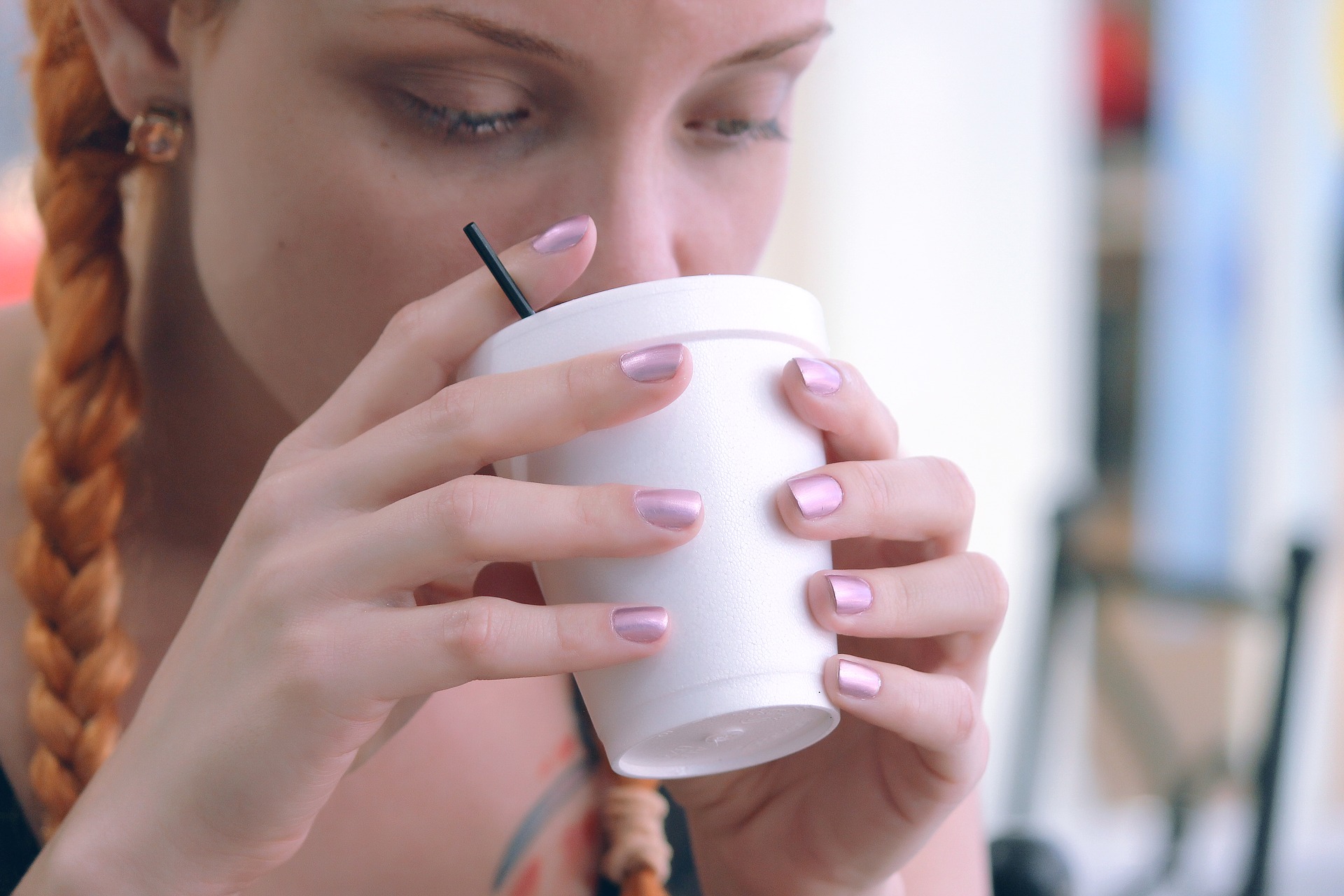Yes, there is a difference between coffee and coffee, and not just in terms of quality: there is even a difference between a good coffee and a good coffee. We know and feel which coffee do we like, but defining the flavors and aromas, the acidity and body of the given coffee is a harder task. In order to get to this level, we need a lot of patience and practicing. And of course a lot of attention.
Coffee tasting is similar to wine tasting: at first, it does not go with a swing. After the first sip, hardly anyone can determine whether the wine comes from Burgundy or New Zealand. This is also true in the case of coffee. We need the experience to recognize the character of a certain coffee type.
Coffee tasting is mostly performed with espresso since the most intense flavors appear here, thus it is easy to analyze. We should not use milk, sugar or other sweeteners when we taste that we may feel the flavors in their original. Freshness is also very important because it can lose a lot of its aromas and recreational value in a few minutes. The quality then deteriorates almost exponentially. If we allow the espresso to stand too long, the crema will disintegrate as well. In addition, the food we ate before the tasting also greatly influences the flavor. After sweets or cake, everything will seem to be bitter. It is worth to wait at least 20 minutes after eating and be sure to rinse with water to neutralize before we start to consume the coffee.
The expert suggests that you should taste in a calm environment, without any disturbing factors. We also have to pay attention to the kind of glass we use. The narrower glass enhances the aroma and taste intensity, highlights the powerful, roasted flavors, while the broader glass draws your attention to the subtle flavorings. If you want to compare coffees make sure you use the same glasses.
Aroma and appearance
The coffee tasting begins with the fragrances, give yourself time to enjoy the aromas. We should also investigate the appearance and the crema layer on top of the coffee. Notice the color of the coffee, which can be gold, brown or bronze and the opacity as well. The texture of the crema -or how much it sticks to the wall of the cup- can tell a lot. The crema is actually closing the aromas into coffee, so after we examined it, we move it away from the surface of the coffee with a small spoon or tasting spoon.
Then we sip the coffee, so, that all parts of the mouth are reached – this is important because we feel different flavors at different places. Note the aftertaste as well. You can also note the experience while tasting, because later it may be a good reference. In the beginning, you may feel a little bit awkward, but with time you will master the method of tasting if you are persistent enough.
What to look for?
Corpulence: this notion fundamentally represents the density, the more full-bodied coffee is creamier, the lighter has a more watery texture.
Acidity: it is influenced by roasting, acidity provides a fresh, lively taste to the coffee and emphasizes the natural sweet taste.
Roasting: Roasting affects caffeine content, acidity and the bitterness of the coffee.
Aromas: our nose helps us in the aroma perception. We can distinguish coffees with light, moderate and strong aroma.Probably the determining of the aromas is the trickiest part of the coffee tasting.
What flavors can be detected in the coffee?
Coffees with a lighter aroma have a floral, fruity or citrusy smell. The medium is characterized by honey or cereal aroma with slight roasted notes, while coffees with strong aroma have a spicy, woody and cocoa nature.
Some examples of different flavor notes:
Floral
Fresh as flowers, which can be pronounced, but never dominant. honeysuckle or jasmine scent, sometimes reminiscent of honey.
Fruity wine
To some extent, it is reminiscent of wine, similar to the fragrance of red fruits such as blackcurrant, grapes, strawberries, raspberries, blueberries, but other fruity notes are also there such as apricots, plums, apples, pears or peaches.
Citrus
Citrus, especially lemons, grapefruit and bergamot aromas. In some coffees, citrusy aroma is complimented with high acidity.
Honey, corn
It recalls bread, toast, and cereals, but dried walnuts, hazelnuts, and almonds are also noticeable.
Spicy
Evokes the scent of various spices, such as cinnamon, cloves, and allspice.
Woody
Reminiscent of the fragrance of dry wood or a pencil, but the smell of drinks matured in oak is also noticeable, sometimes it is compared to conifers and aromatic woods such as sandalwood.
Cocoa
Hints of chocolate and cocoa, it is important to distinguish from the roasted aromas.
Coffee sommelier is a separate profession and not by mere chance. You should enjoy the coffee tasting! Do not worry if you are unsuccessful at the beginning, if you are patient enough, you will sooner or later discover the aromas, fragrances and the texture of coffee with relish. But the biggest experience is when you are also able to name the different compounds and when you know the reason why you love certain coffees: thus, we will invest more consciously into the black drinks. These skills may be picked up at different courses, so do not hesitate to visit one of these, if you want to know more about coffee!


